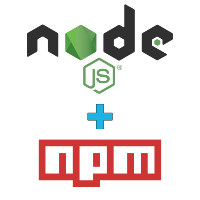U.S. FCC commissioner wants Apple and Google to remove TikTok from their app stores

A leader of the U.S. Federal Communications Commission said he has asked Apple and Google to remove TikTok from their app stores over China-related data security concerns. The wildly popular short video app is owned by Chinese company ByteDance.
Brendan Carr, one of the FCC’s commissioners, shared via Twitter a letter to Apple CEO Tim Cook and Alphabet CEO Sundar Pichai. The letter pointed to reports and other developments that made TikTok non-compliant with the two companies’ app store policies. Carr’s letter, dated June 24 on FCC letterhead, said if the Apple and Alphabet do not remove TikTok from their app stores, they should provide statements to him by July 8.








